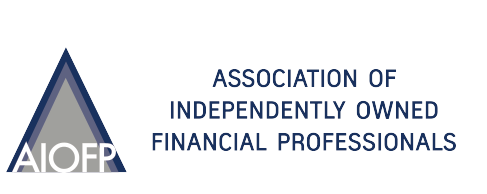The pitfalls of part-year pensions
The process of starting an account-based pension or transition to retirement pension involves complying with a range of requirements you need to be aware of.

Commencing an account-based pension or transition to retirement pension part way through the year can present some challenges that need to be conquered to ensure there are no compliance issues along with the resulting consequences.
There are, of course, the common requirements that apply no matter when a pension is commenced. Some of these include:
- A condition of release must be satisfied.
- The trust deed of the SMSF must allow for the payment of an account-based pension or a transition to retirement pension.
- The member must make a written request to the SMSF trustee(s) to commence a pension, nominate the start date, the amount required and the frequency of payments.
- Because an SMSF is considered a financial product under the Corporations Act 2001, before a pension is commenced a product disclosure statement (PDS) needs to be provided to the member or acknowledgment by the trustee(s) that it is believed, on reasonable grounds, that the member has received, or knows that they have access to, all of the information that a PDS would be required to contain.
- Trustee(s) need to consider whether there are enough liquid funds to support the pension payments.
- Written notification must be provided from the trustee(s) to the member in respect of minimum and possibly maximum payments requirements, the tax-free portion that will be applicable and other taxation implications – for example, if the member is under 60 the requirement to withhold tax from any income stream payments made.
There are, however, other requirements that are still applicable to full-year or part-year pensions but are a bit trickier or can be overlooked where a part-year pension is involved.
Don’t forget to revalue the assets
When a pension is commenced at the start of the financial year, the assets will have been valued as part of the preparation of the financial statements of the SMSF for the previous financial year. When a pension is commenced part way through a financial year there is still a requirement to revalue the assets of the fund and this will mean the preparation of a separate set of financial statements, at the time when a pension is going to be commenced, to determine the total value of the fund.
This will determine the portion that will be transferred to a pension account and any funds that will remain in the accumulation account. This is important for calculating the mandatory minimum and maximum amounts that must be paid.
Difficulty in working out the minimum and maximum pension payments
Once a pension commences, there is the ongoing requirement to ensure that the payments made in a financial year satisfy the minimum and maximum percentage requirements. This can be a bit tricky where you have to calculate for a part year and, of course, if the minimum amount is not paid or the maximum is exceeded (transition to retirement income stream) it will mean that the payments made are no longer classed as supporting the payment of an income stream and it will be ruled that the payment of the pension ceased at the start of the financial year and that portion of the fund was not in pension mode.
Any payments made will be treated as super lump sum payments for both income tax and SIS regulation purposes. It also means that the SMSF will not be able to claim exempt current pension income and any income will be taxed at 15 per cent as well as any capital gains. It doesn’t appear to be that complicated; however, it can be.
Consider this scenario: a couple have super in both a retail super fund and also an SMSF. They were receiving a pension from the retail super fund and decided to roll their balance from the retail super fund into their SMSF during the year and commence a pension in their SMSF part way through the year. That requires consideration of many factors and makes the calculation quite difficult.
Clarification on the segregated method
In an SMSF, there may be a member who is in pension phase and another member who is still in accumulation phase. These balances need to be separated or segregated to work out the exempt current pension income portion in relation to the balance that is supporting the payment of an income stream. Where it is not possible to separate the funds, they are classed as being unsegregated and an actuarial certificate is required. When the assets that are supporting the payment of a pension are clearly segregated, there is no requirement to obtain an actuarial certificate.
Up to October 2015 it was not possible to use the segregated method if a pension was started part way through the year, as the ATO stipulated that the segregated method can only be used where assets have been segregated for the entire financial year. An addendum to Taxation Determination (TD) 2014/7, however, clarified that: if the balances are clearly segregated, then there is no requirement to obtain an actuarial certificate where a pension is commenced part way through the financial year.
By Audrey Dawson, director, Super Confidence
Columnist: Audrey Dawson
Wednesday 27 April 2016
SMSFadviser.com.au
